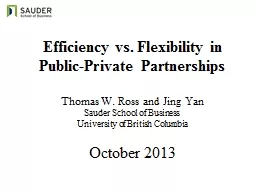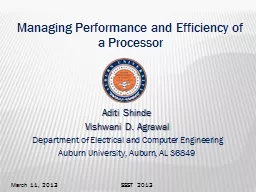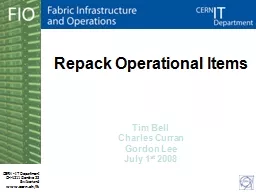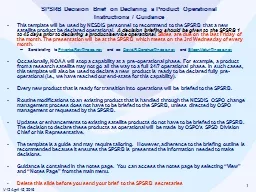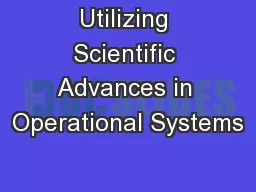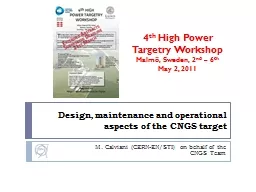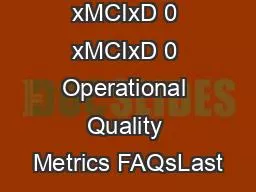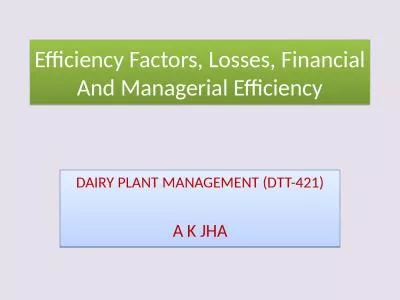PPT-Operational Efficiency
Author : tatyana-admore | Published Date : 2016-09-22
Walter Venturini Delsolaro LHC Beam Operation Workshop Evian 79 December 2010 Outline Quick run through the run Definitions and method Fault statistics Dump statistics
Presentation Embed Code
Download Presentation
Download Presentation The PPT/PDF document "Operational Efficiency" is the property of its rightful owner. Permission is granted to download and print the materials on this website for personal, non-commercial use only, and to display it on your personal computer provided you do not modify the materials and that you retain all copyright notices contained in the materials. By downloading content from our website, you accept the terms of this agreement.
Operational Efficiency: Transcript
Download Rules Of Document
"Operational Efficiency"The content belongs to its owner. You may download and print it for personal use, without modification, and keep all copyright notices. By downloading, you agree to these terms.
Related Documents


